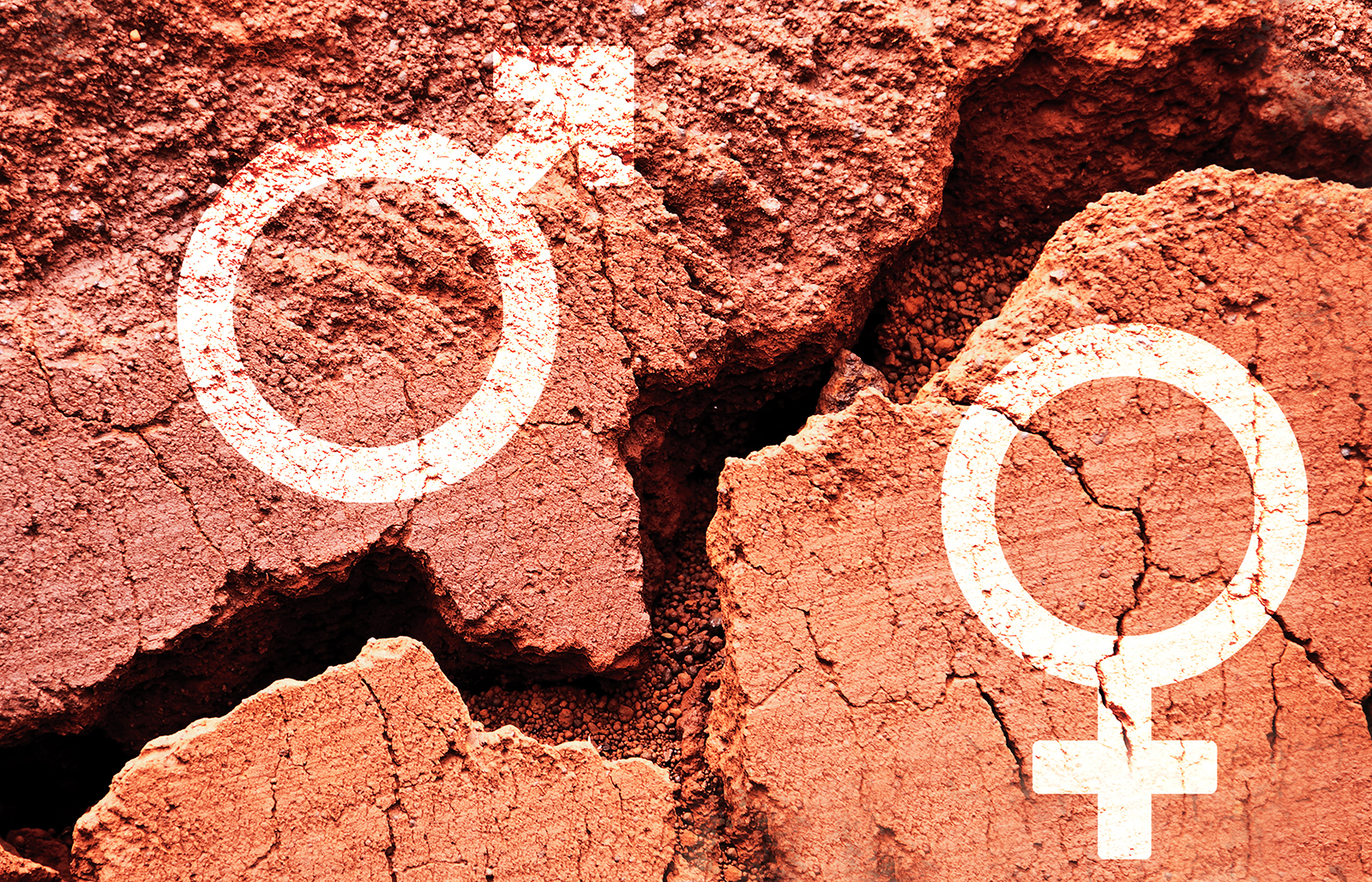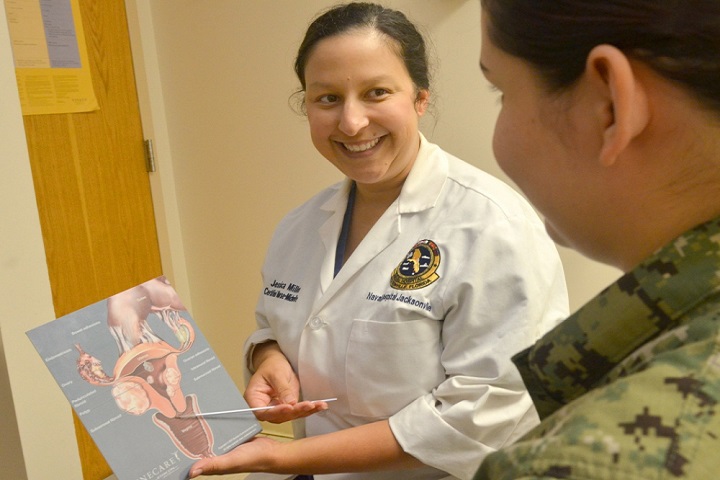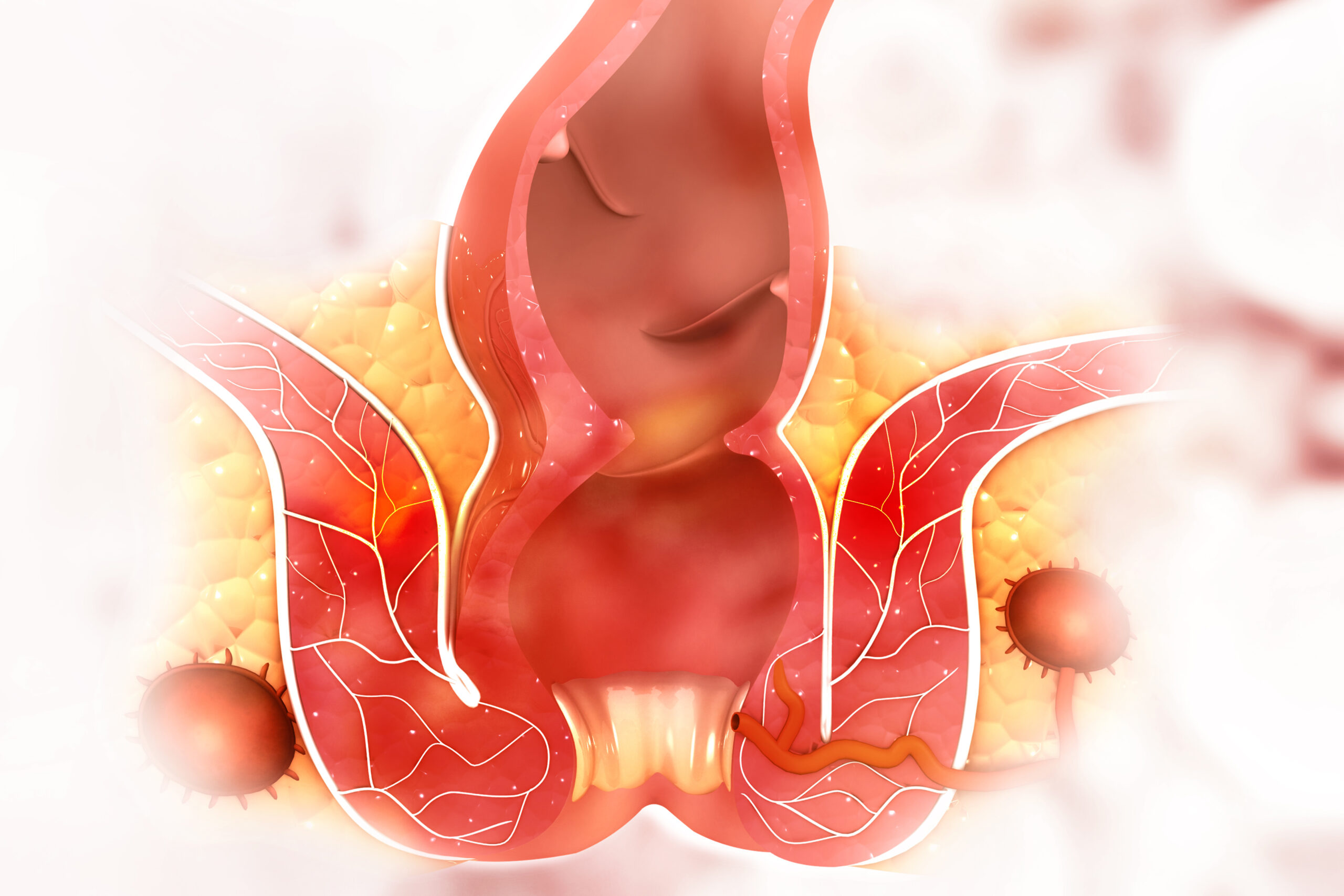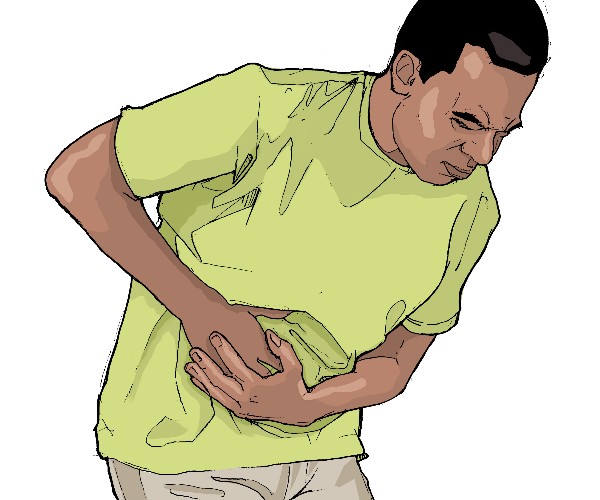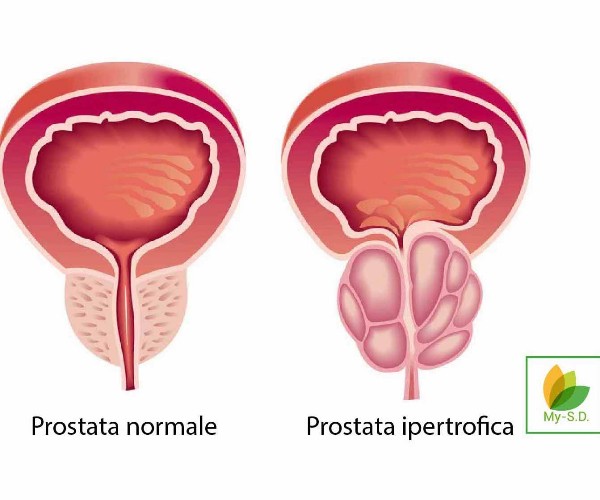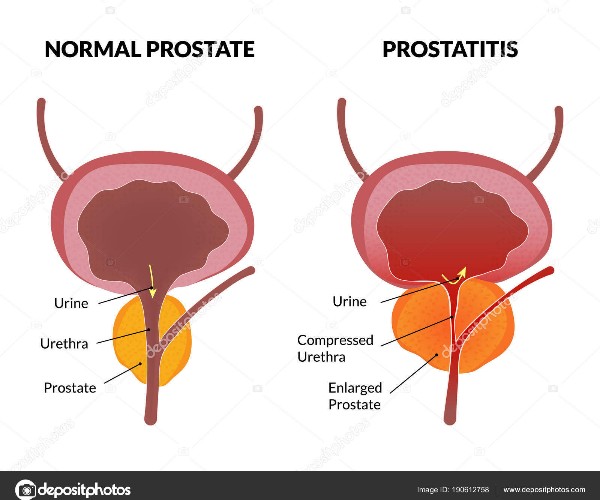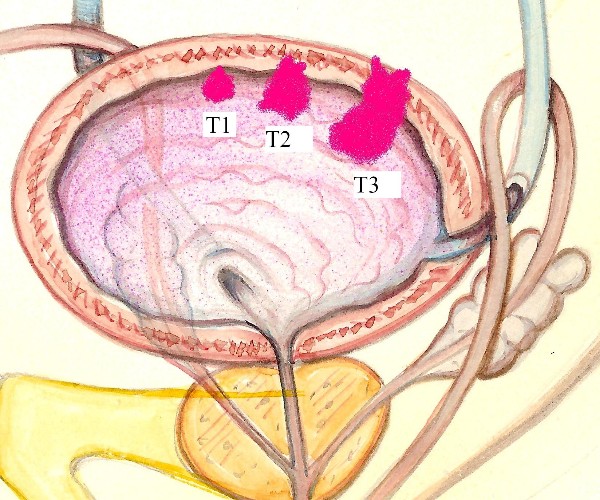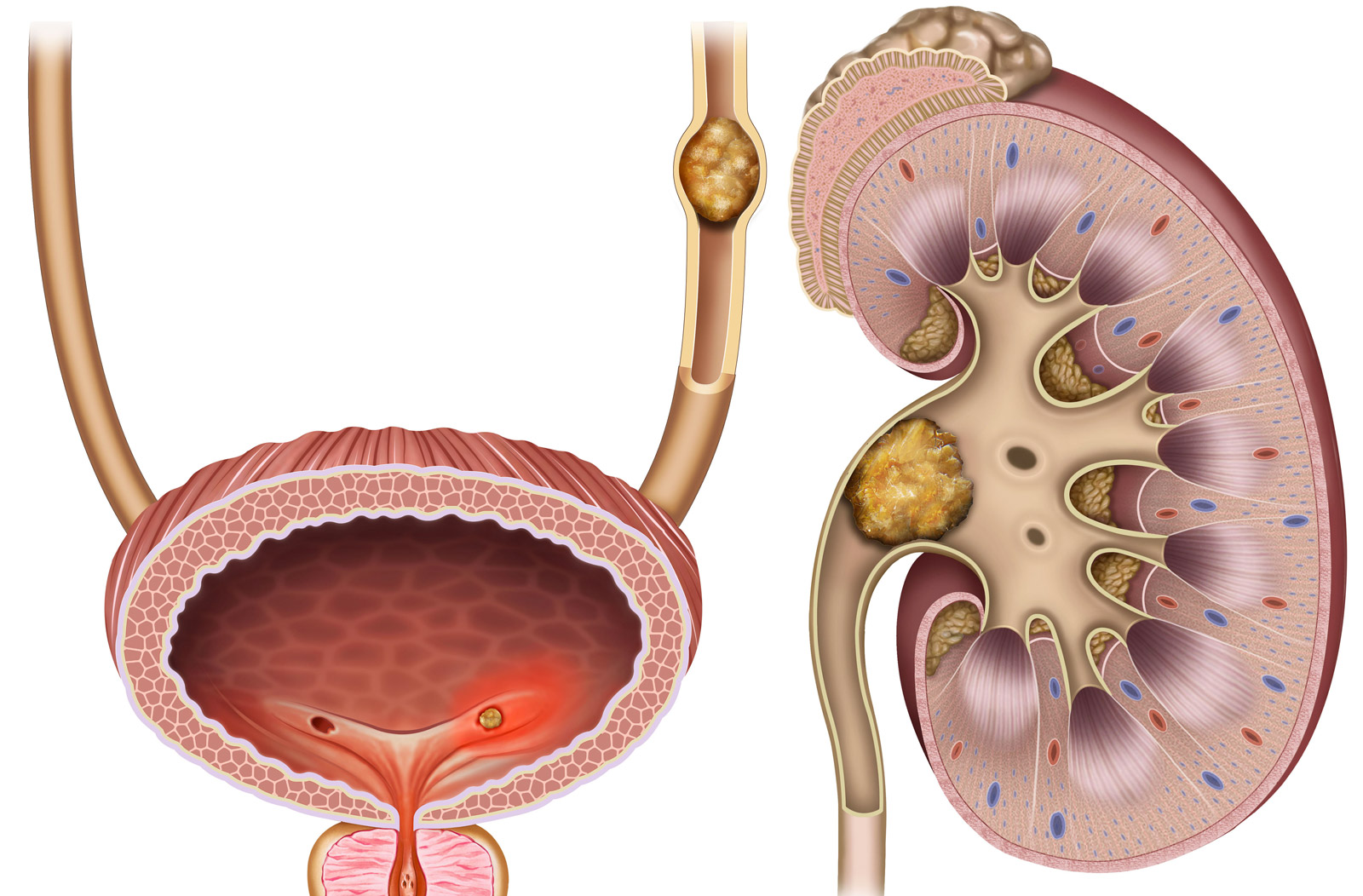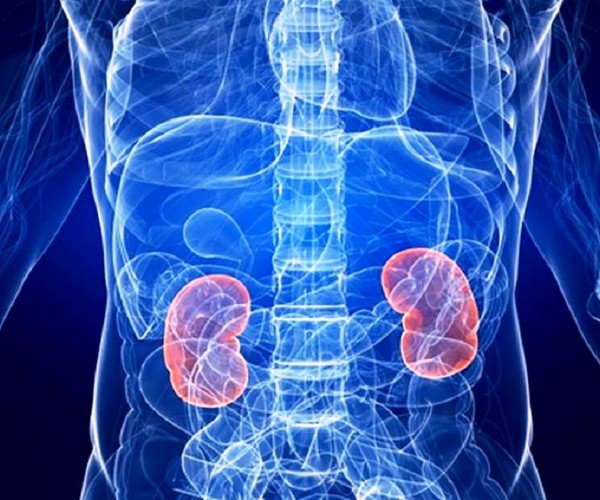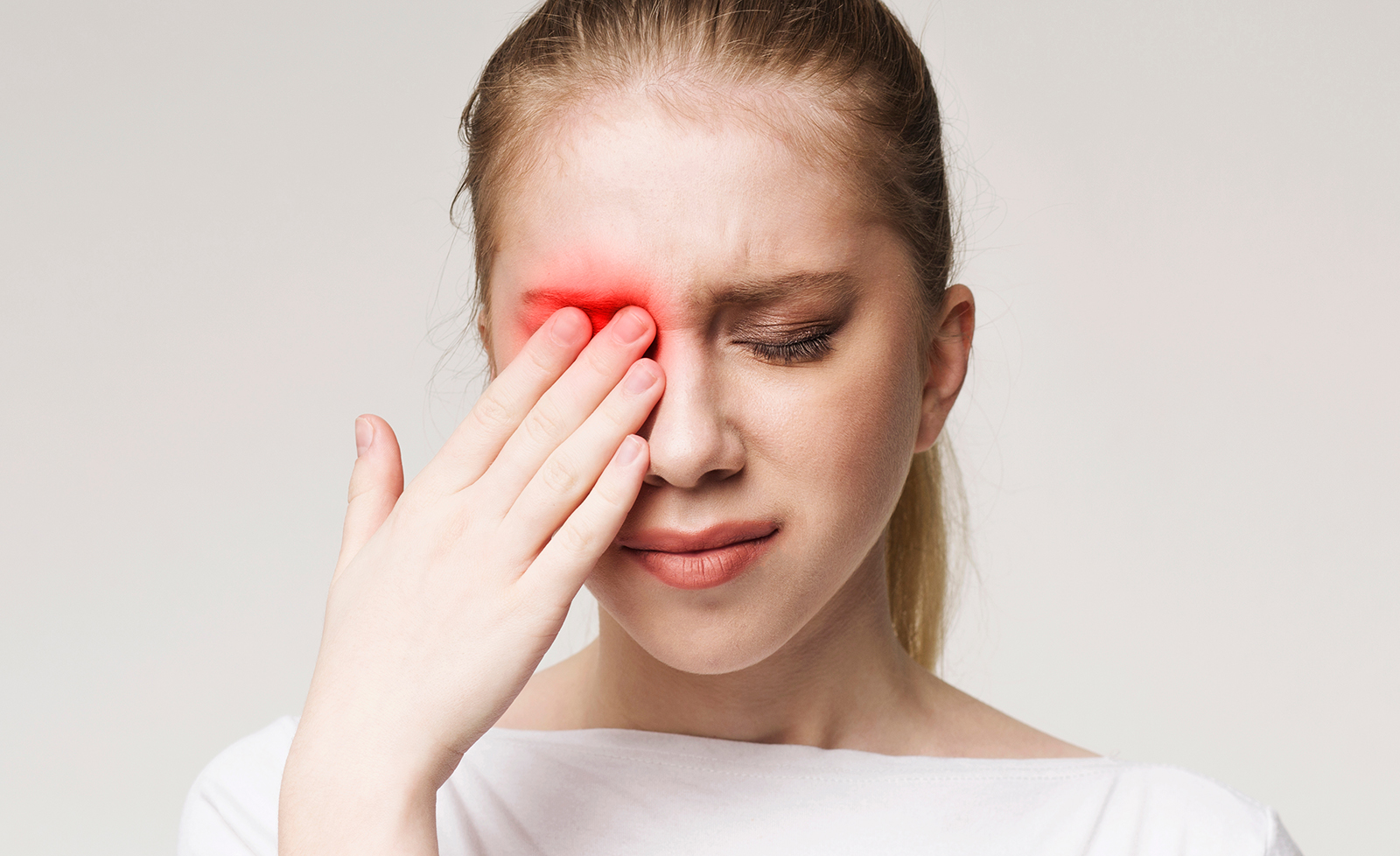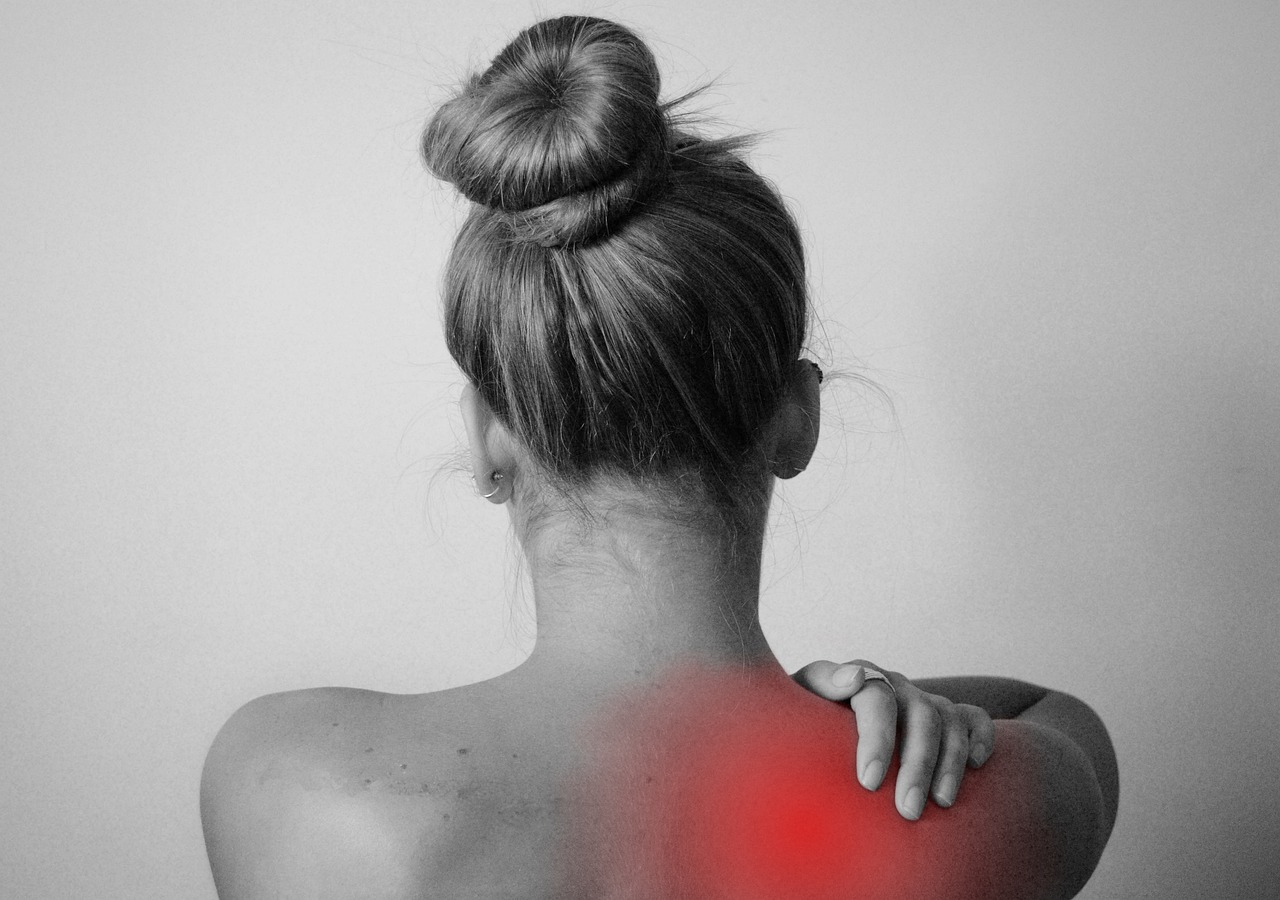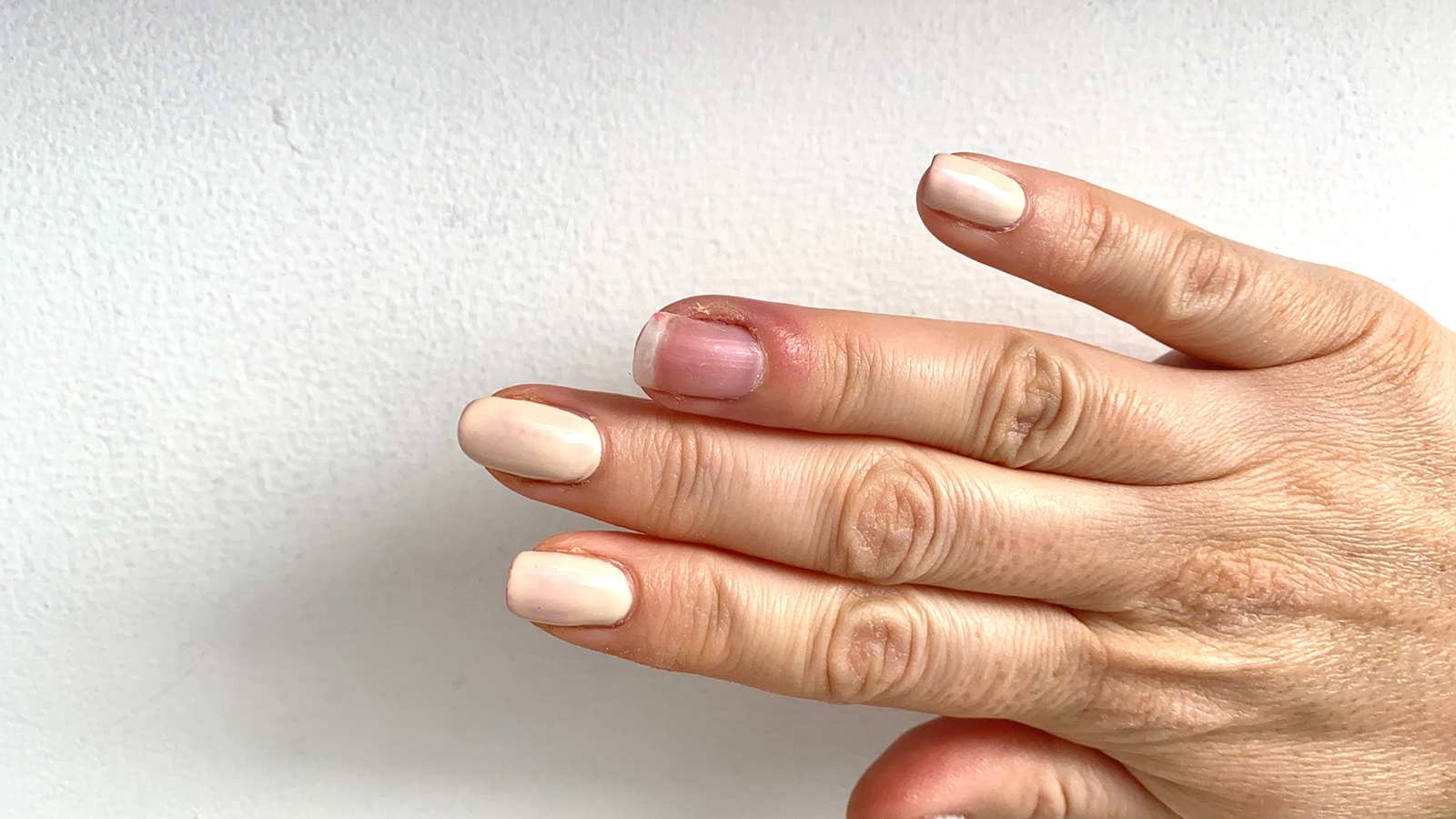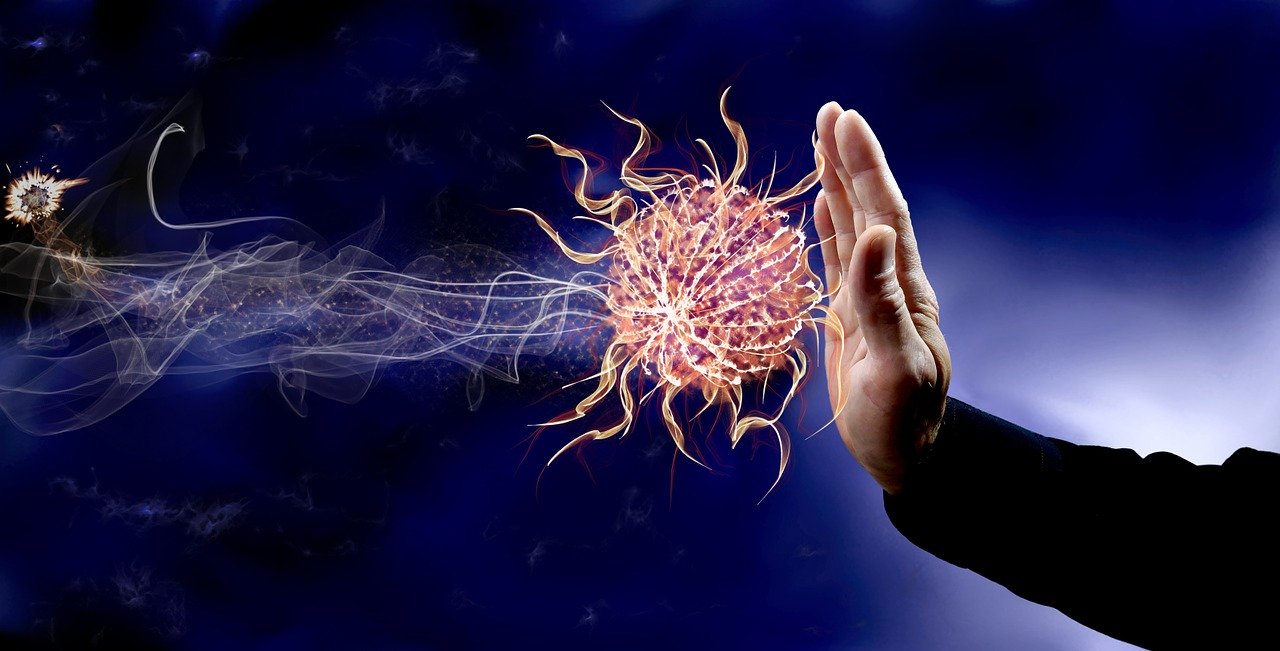With the emergence and rapid evolution of the
World Wide Web
a new era of mass communication has dawned. Billions of users worldwide use the Internet as their main means of communication and information.
As for the Italian context, 92 percent of Italians say they use the Internet. The rapid spread and steady growth of the online world has enabled the emergence of online messaging and social networking chats such as Myspace, Netlog , and Windows Live Messenger.
These types of Internet platforms allowed people in the first decade of the 2000s to connect with friends and strangers, create their own personal blogs, and interact with users from all over the world in real time. Currently only Myspace is still active, but by far in disuse after the arrival of social networks and smartphone applications.
Today the most widely used social network in the world is Facebook: established in 2004, it currently has more than 2.2 billion monthly active users globally and 31 million in Italy, followed immediately by YouTube, WhatsApp and Instagram, with 1.9, 1.5 and 1 billion monthly active users worldwide, respectively.
The main users of these social media are people from 18 to 34 years old, which corresponds to 59% of total users worldwide and 38% in Italy. On average, again in Italy, people spend 6 hours online every day, almost two of which are spent on social media alone.
Given the extent of the Internet and the spread of the social media phenomenon, the sociological and psychological literature questions the possible effects and repercussions that this type of online communication can have on people, especially, again, adolescents and young adults.
One of the most cited research papers is that of Valkenburg & Peter(2009), which summarizes a decade of studies on the social consequences of Internet use for adolescents, focusing on the relationships between online communication self-disclosure (or self-revelation) online, quality of relationships and general well-being.
The results show that online communication for adolescents is more intimate and allows more openness than face-to-face communication.
In terms of general well-being, however, other research points to correlations between Internet and social media use and the mental health of online users: numerous studies highlight the dangerousness of episodes by cyberbullying, greater than traditional bullying episodes (Uhls, 2012), which can lead to depression and suicidal ideation.
The 2013 research, conducted with a sample of more than 1,000 subjects aged 13 to 17, shows that victimization caused by cyberbullying incidents increases the presence of depressive symptoms, and these in turn increase the likelihood of incurring online bullying.
La online victimization also involves problematic Internet use, identified as the set of compulsive behaviors induced by online activity, including inability to control one’s time online, continuous and constant use despite negative consequences, social anxiety e fear of missing out. The latter in particular is defined as a pervasive concern on the part of the subject that other people may have rewarding experiences in his or her absence, which then leads the subject himself or herself to need to be continually connected and updated on what other online users are doing.
Another risk found in the literature is unwanted exposure to material representing sexuality. In addition to the aforementioned SEMs and SEIMs, studies in recent decades also focus on what are called
Sexual Media
i.e., sexual content that is not necessarily explicit within television programs, movies, music, video games and newspapers.
As for other media, however, it has been estimated that 68 percent of American television programs contain dialogue with sexual references and 35 percent contain images of sexual behavior of some kind. Sexual references are also contained in 55 percent of teen fiction books and 84 percent of movie films released from 1950 to 2006.
In Italy there are numerous references to sexuality, especially femalesexuality, represented in the programming schedules of major television stations.
In fact, as early as the 1980s, with TV shows such as “Drive In” (1983-1988), “Colpo Grosso” (1987-1992) and “Striscia la Notizia” (1988 – ongoing), a considerable number of girls flanked game show and variety show hosts as valets and showgirls, mostly in provocative clothing and attitudes.
Throughout the decades there are several examples of the female figure being used in Italian television to entertain the viewer with her body, emphasizing the erotic and sexual component of her figure.
In contrast, there is currently no qualitative or quantitative research on the prevalence of more or less explicit references to sexual intercourse and sexual acts in Italian and European television and cinema.
Given that most people own at least one device to access online content or use classic media, it is important to check the impact that this type of sexual content can have on users.
It is not a given that in all of the above media the sexual references include some kind of sexuality education and dwell on the emotional aspects or possible consequences of unsafe sex.
Indeed, it can be assumed that many media portray and promote sex only as something easy, fun and relatively risk-free. Thus, it is possible to understand how not only scholars and researchers, but also parents, educators and teachers find it necessary to inform themselves about the repercussions of the reckless use of mass media.




